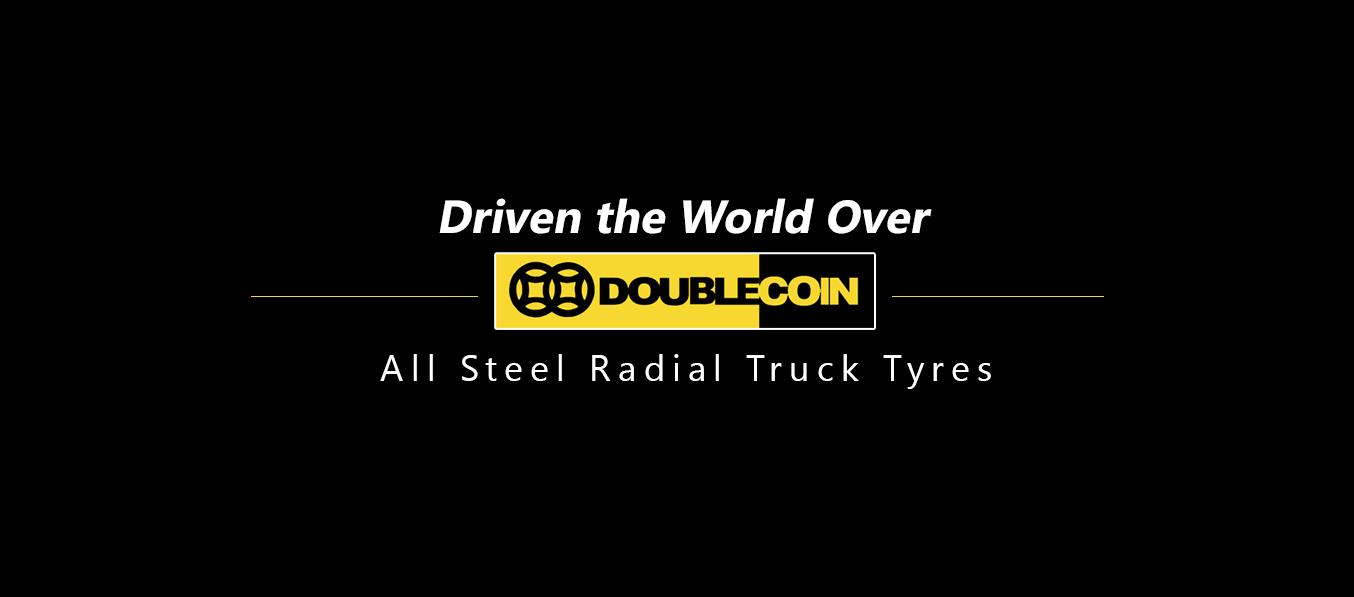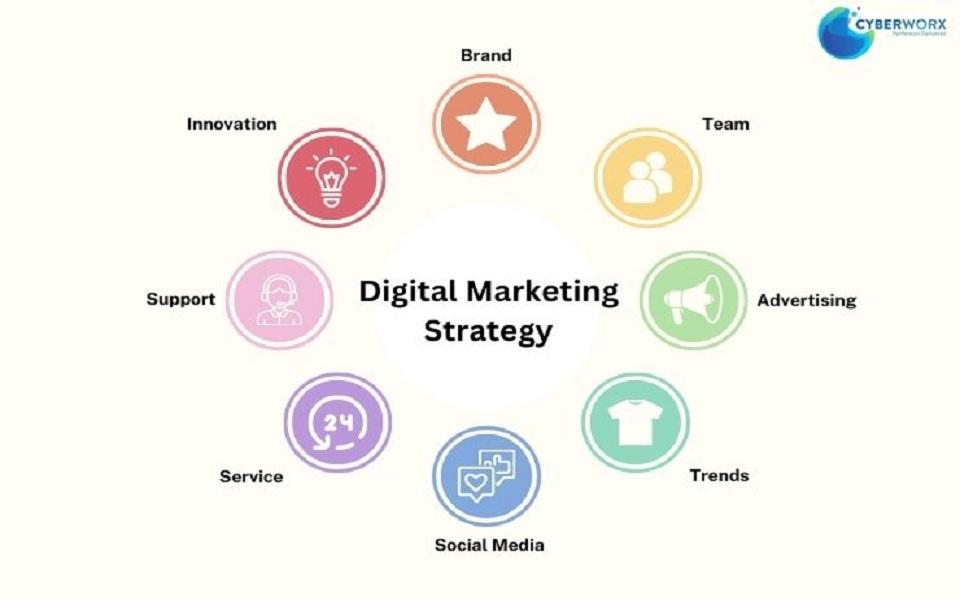What Is the Best Physiotherapy for L3-L4 Disc Bulge?
Lower back pain caused by disc problems is a growing concern in today’s sedentary and stress-filled lifestyle. One of the most common spinal issues is the L3-L4 disc bulge—a condition that can lead to debilitating pain, limited mobility, and a disrupted quality of life. Whether you're a professional spending long hours at a desk or someone engaged in physically demanding work, this condition can significantly affect your daily activities.
But here’s the good news: L3 L4 disc bulge physiotherapy can provide lasting relief without the need for injections or surgery. In this detailed guide, we’ll explore:
-
What causes the L3-L4 disc to bulge
-
Symptoms and how it affects your life
-
The best physiotherapy treatments available today
-
Real recovery stories
-
Why Resolve360 is the go-to online physiotherapy platform in India
Our goal is to offer reliable, research-based, and practical advice you can act on right now. Let’s begin.
What Is an L3-L4 Disc Bulge?
Your spine is made up of bones (vertebrae) separated by discs that act as cushions. These discs have a soft inner core (nucleus pulposus) and a tough outer layer (annulus fibrosus). When the outer layer weakens or tears, the inner material can bulge outward—this is called a disc bulge.
The L3-L4 level refers to the lumbar spine, specifically the third and fourth vertebrae. This segment supports much of your upper body and is involved in nearly every movement, from bending to walking.
Causes of L3-L4 Disc Bulge
The most common causes of a bulging disc at the L3-L4 level include:
-
Age-related disc degeneration
-
Sitting for extended periods
-
Improper lifting techniques
-
Sudden impact or trauma
-
Sedentary lifestyle
-
Weak core muscles
-
Poor spinal alignment
As the disc bulges, it may press against nearby nerves like the femoral nerve, causing radiating pain down the front of the thigh, weakness, or numbness.
Common Symptoms
-
Dull or sharp lower back pain
-
Tingling or numbness in the legs
-
Weakness in the thigh or knee
-
Difficulty standing, walking, or sitting
-
Pain that worsens with bending or twisting
If left untreated, the condition may lead to chronic nerve irritation, reduced mobility, and loss of independence in day-to-day life.
Why Physiotherapy Is Essential for L3-L4 Disc Bulge
Non-Surgical and Safe
Unlike surgery, disc bulge physiotherapy doesn’t involve any incisions, hospital stays, or medication dependence. It works by strengthening the muscles, improving joint mobility, and reducing nerve irritation.
Personalized Approach
Every case of L3-L4 disc bulge is different. A skilled physiotherapist evaluates posture, movement patterns, muscle strength, and nerve function to create a customized plan that supports healing and prevents recurrence.
Treats the Root Cause
Physiotherapy targets the real reasons behind disc problems—like weak muscles, improper posture, or spinal misalignment—instead of just masking the pain.
Best Physiotherapy Techniques for L3-L4 Disc Bulge
Here are the top physiotherapy treatments commonly used for l3 l4 disc bulge physiotherapy in modern rehab centers and trusted platforms like Resolve360:
1. McKenzie Exercises (Mechanical Diagnosis and Therapy)
These targeted movements help push the disc back into place and centralize pain away from the limbs. It's one of the most researched methods for treating bulging discs and sciatica.
Ideal for: Radiating leg pain, nerve impingement, disc herniation at L3-L4.
2. Spinal Mobilization and Manual Therapy
Gentle joint mobilizations and soft tissue releases improve spine flexibility, reduce muscle tension, and promote better posture. This hands-on technique is vital for improving movement and reducing inflammation.
3. Deep Core Stabilization Training
Your core muscles act like a brace for your spine. Strengthening them is key to reducing disc pressure. Exercises may include:
-
Transverse abdominis activation
-
Bird dogs
-
Pelvic tilts
-
Glute bridges
These are part of nearly every disc bulge physiotherapy program because they offer long-term support for the lumbar spine.
4. Neural Mobilization (Nerve Flossing)
A bulging L3-L4 disc may compress the femoral nerve, causing symptoms in the thigh or groin. Nerve gliding exercises relieve pressure and improve nerve flexibility.
5. Ergonomic Training and Postural Correction
Modern lifestyles involve long hours at desks, poor sleeping postures, and awkward lifting techniques. Physiotherapists coach you to correct these habits using lumbar supports, standing desks, and optimal movement strategies.
6. Electrotherapy (TENS, IFT)
Used to relieve pain and reduce muscle spasms, these therapies are often included in early-stage rehab to make movement more comfortable.
7. Home-Based Exercise Therapy
Platforms like Resolve360 offer virtual programs that allow patients to recover at home under the constant supervision of certified physiotherapists. These programs include daily check-ins, personalized exercise plans, and video call reviews—making recovery more accessible and effective.
Long-Term Benefits of Disc Bulge Physiotherapy
-
Reduced back and leg pain
-
Improved core and lumbar stability
-
Enhanced posture and spine alignment
-
Greater mobility and flexibility
-
Decreased risk of surgery or reinjury
Even in moderate to severe cases, a consistent physiotherapy plan can help people avoid spinal injections and operations, especially if started early.
When to Start Physiotherapy for a Bulging Disc?
It’s recommended to start l3 l4 disc bulge physiotherapy as soon as possible. Waiting too long can allow the nerve compression to worsen, causing more permanent damage.
You should begin therapy if:
-
Pain lasts longer than 7–10 days
-
You feel tingling or weakness in your legs
-
Sitting or walking becomes uncomfortable
-
Your work or sleep is affected
Real Recovery Stories from Resolve360
Meena, 37 – Homemaker, Chennai
“I had sharp pain in my lower back and could barely stand for 10 minutes. The physiotherapists at Resolve360 assessed my posture, gave me exercises, and taught me how to care for my back at home. Within 6 weeks, I was back to doing daily chores without pain.”
Vinay, 40 – Software Engineer, Pune
“Working from home made my back worse. I was diagnosed with an L3-L4 disc bulge and didn’t want surgery. The Resolve360 physiotherapy program helped me regain strength and mobility without leaving my house.”
Why Choose Resolve360 for L3-L4 Disc Bulge Treatment?
Resolve360 is India’s leading digital physiotherapy platform helping thousands recover from disc bulges and spinal pain. They provide personalized, affordable care right from your phone or laptop.
Features Include:
-
Certified and experienced physiotherapists
-
Tailored treatment plans updated weekly
-
Daily tracking and exercise reminders
-
Video consultations and therapy reviews
-
Progress reports and continued care
With Resolve360, you get clinic-level care from the comfort of your home.
The Science Behind Disc Healing Through Physiotherapy
Studies show that physiotherapy reduces pain intensity, improves function, and prevents recurrence in lumbar disc bulge cases. Long-tail keywords like “non-surgical treatment for L3-L4 disc bulge” or “home-based physiotherapy for lower back pain” are now frequently searched because people are actively seeking safer alternatives.
Leading journals recommend structured physiotherapy programs as the first line of treatment before even considering invasive options like surgery or injections.
Staying Consistent Is the Key to Recovery
One of the most important factors in a successful recovery is consistency. Skipping sessions or doing exercises incorrectly can delay progress. That’s why having ongoing guidance from platforms like Resolve360 is so crucial.
They ensure:
-
You do the right exercises at the right time
-
You maintain proper form
-
Your recovery is tracked and adjusted in real-time
Conclusion: You Can Heal from L3-L4 Disc Bulge Without Surgery
An L3-L4 disc bulge may feel like a setback, but with the right help, it doesn't have to control your life. By committing to a disc bulge physiotherapy plan that addresses the root cause and not just symptoms, you can experience real, lasting relief. Whether you’re in the early stages or dealing with chronic pain, remember this: You have options—and they don’t involve scalpels or pills.
With expert-led platforms like Resolve360, recovery is not only possible—it’s expected.








